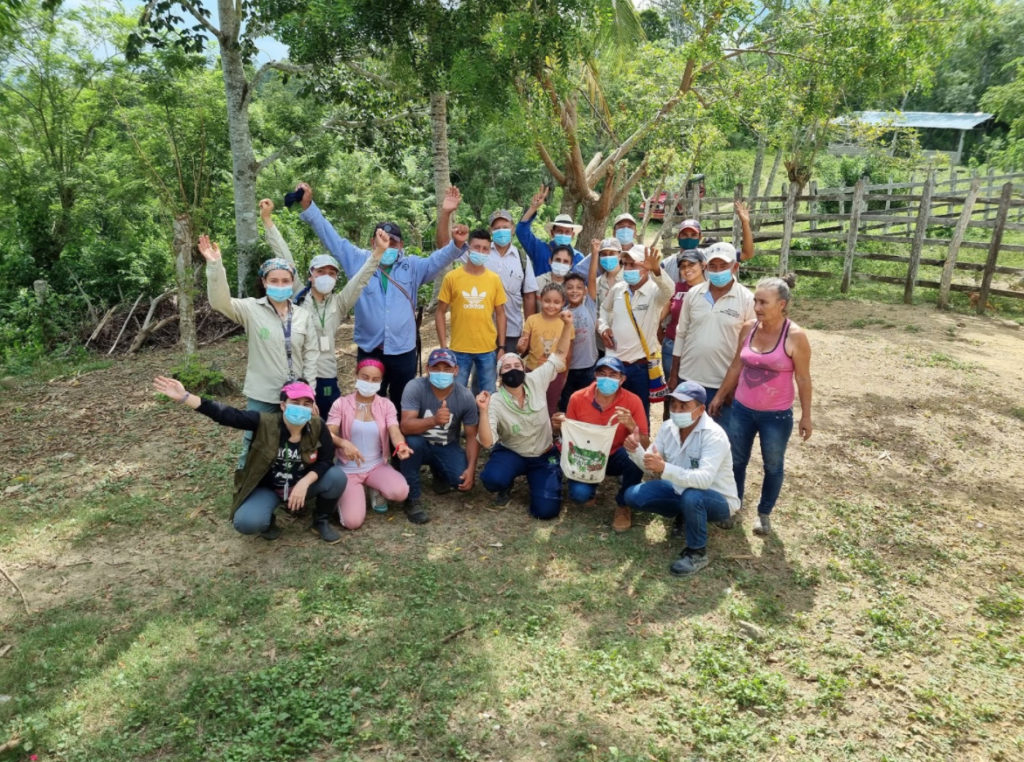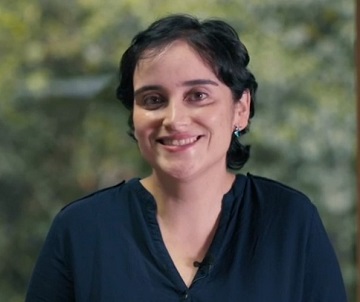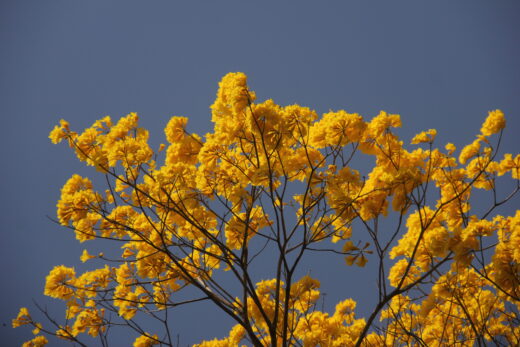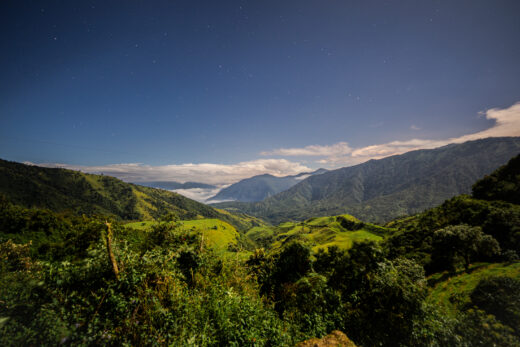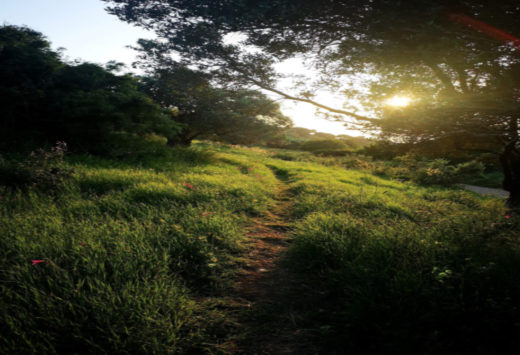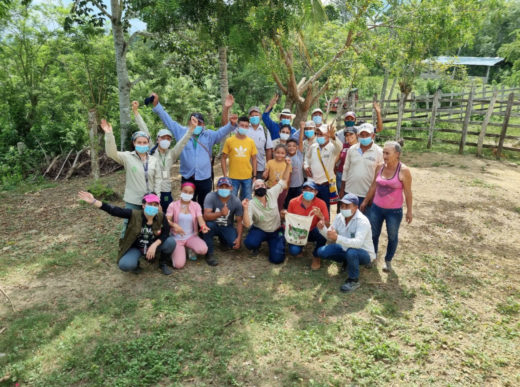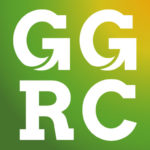There are many definitions of green recovery, and broadly speaking, one could say that it is the process of repairing our world to become healthy and resilient. Green recovery strategies that involve local participation are especially close to my heart. I have seen how local involvement and leadership are crucial for changes that benefit biodiversity conservation and local communities in the long term. The following story shows us how resilient communities are, against all odds, working together with different stakeholders to recover their territories and secure a green recovery for a better future.
This story begins in Los Montes de María, a sub-region located in the Colombian Caribbean with the largest extension of tropical dry forest in the country. The tropical dry forest ecosystem represents almost 42% of the tropical forest ecosystems of the world, and more than half of the forest area (54.2%) is located within South America. Unfortunately, this is one of the most endangered ecosystems globally due to conversion to agriculture, livestock, mining, and fires. Originally, Colombia had 9 million hectares of tropical dry forest; however, only 8% is left, and only 5% is protected within the National System of Protected Areas (SINAP).
In the early 80s, illegal groups (guerilla groups including FARC, ELN and ELP and paramilitary organizations) arrived at Los Montes de María; fear, violence, death, and forced displacement ensued. However, this region was forged by the tenacity of its local communities who have resisted decades of armed conflict. According to a report of the Área de Paz, Desarrollo y Reconciliación of UNDP (2010), there is currently a trend towards the strengthening of community organizations and social networks and the empowerment of their leaders. Also, there is a growing mobilization of women and increased activity of victims’ organizations (women, peasants, ethnic groups), towards the restoration of citizens’ rights. This is the case for Los Montes de María.
At the end of 2018 three community associations from Los Montes de María, Asociación de Mujeres Unidas de San Isidro (AMUSI) – an organization led by women!-, Asociación Integral de Campesinos de Cañito (ASICAC), and Asociación de Productores Agropecuarios de la Vereda Brasilar (Asobrasilar) joined forces with female researchers of the Humboldt Institute to design a community-based monitoring scheme. During the process, the local community associations identified three main problems: regulation and water supply, loss of tropical dry forests, and unsustainable production systems.
Their monitoring scheme was designed around the community’s vision towards a Green Recovery and they state: “Nature has become the key to sustainability for our community. Nature flows and regulates itself without intervention; the community adapts to it. The rivers play a fundamental role in becoming the living space in which the forest and Nature grow, forming corridors that allow the free crossing of animals. By using natural resources – hunting, fishing, wood, and fruit – in a sustainable way, we understand the importance of respecting the life cycles of plants and animals, allowing them to recover and share the territory with us. The community is attentive to compliance with agreements established to live in harmony with nature”.
Currently, the communities are implementing the scheme, and it is helping them answer questions at the local level related to ecological restoration processes. They believe monitoring is an opportunity to measure and evaluate the state and trends of biodiversity and obtain data to support local decision-making. According to Mr. Porfirio Jimenez, one of the local monitors of ASICAC, “This is a beautiful experience; I have learned more about biodiversity and how to conserve and recover our forest. It is essential to recover Nature because it is our patrimony and our identity.”
It’s clear that green recovery is not a standard recipe. This experience has shown how every approach should be context-specific to foster more inclusive, fair, and equitable green recovery initiatives. This local initiative could inspire other local communities to work towards obtaining their own data to empower their decision making and protect their natural areas. I hope more communities and stakeholders will be encouraged by this example to participate in and contribute towards green recovery by creating and supporting local monitoring systems that aid in the recovery of the tropical dry forest!
Photo: Training session with the local monitors of Los Montes de Maria. July 2021. Credit: Maria Isabel Arce-Plata 2021

